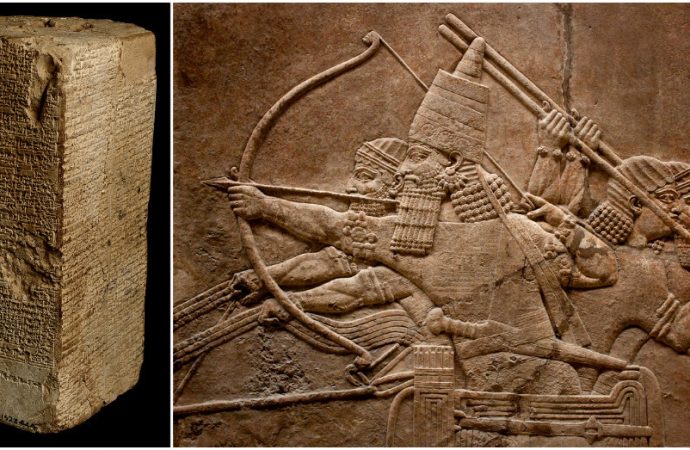Amazing artifacts continue to recover from a variety of sites in Iraq. This is where the flourishing Sumerian cities once belonged. Amidst the plethora of artifacts unfurled from the ground, is the Sumerian King list.
What is so special about the Sumerian King list?
The Sumerian king list inculcates apparently mythical pre-dynastic rulers with historical rulers who are known to have existed.
When was it found?
The first part of this text was found as a 4,000 year old cuneiform tablet, in the early 1900s by German-American scholar, Herman Hilprecht, at primitive Nipppur. Almost 18 similar lists have been found most of them related to the dating period of the second half of Isin dynasty. None is similar. However, they do have a common text that indicates that they are drawn from a single ideal account of Sumerian history.

Which list is considered the ideal?
The Weld-Bundell prism placed in the Ashmolean Museum cuneiform in Oxford, represents the most extensive version and the complete copy of the King list. It inculcates rulers from the antediluvian dynasty to the 14th ruler of the Isin dynasty.
Sumer – the civilization
- Sumer was nestled in the southernmost part of Mesopotamia.
- By the 3rd millennium BC, Sumer involved at least 12 separate city state.
- Each of these cities inculcated a walled city, encompassing villages and land.
- Each worshipped its own deity.
- There was a gradual adoption of the institution of kingship since, rivalry between the various city-states continued to enhance.
- The Sumerian King List records that almost 8 kings triumphed before a great flood.
- However, after the flood, disparate city-states and their dynasties, gained power over other on a temporary basis.

Sumer – the mystical past
In accordance with the quote, after the kingship descended from heaven, the kingship was in Eridug. It was in Eridug that Alulim became King, who ruled for 28800 years. Alaljar ruled for 36000 years. There is also mention of the 2 kings, who ruled for 648000 years.
In fact, there is mention of rulers like Etana, Gilgamesh and Lugal-banda, which are legendary or mythical figures.
In accordance with the early list, it includes 8 kings, with a total of 241,200 years. This time included the slot, when kingship “descended from heaven” to the time, when “the Flood” swept over the land.
Interpretation
There is a plethora of interpretation with regards to the long tenure of the early kings:
- The complete dismissal of the astronomically large figures.
- The numbers are real and that the early kings were actually Gods.
- The hypothesis that the long periods relate to relative power, triumph and significance.
Association with Genesis
Here are some pointers which indicate the association with genesis:
- There is the story of “the great flood” and effort of Noah. This is similar to the Sumerian king list, which indicates “the flood swept over the earth”.
- The Sumerian King list inculcates kings before the period of floods. Similarly, the Genesis 5 includes the Creation to the Flood recording.
- Similar to the Bible, there is observed decreasing longevity after flood.
The mystery continues to surround the list till date and intrigue researchers!
Source: Look 4ward

































Leave a Comment
You must be logged in to post a comment.